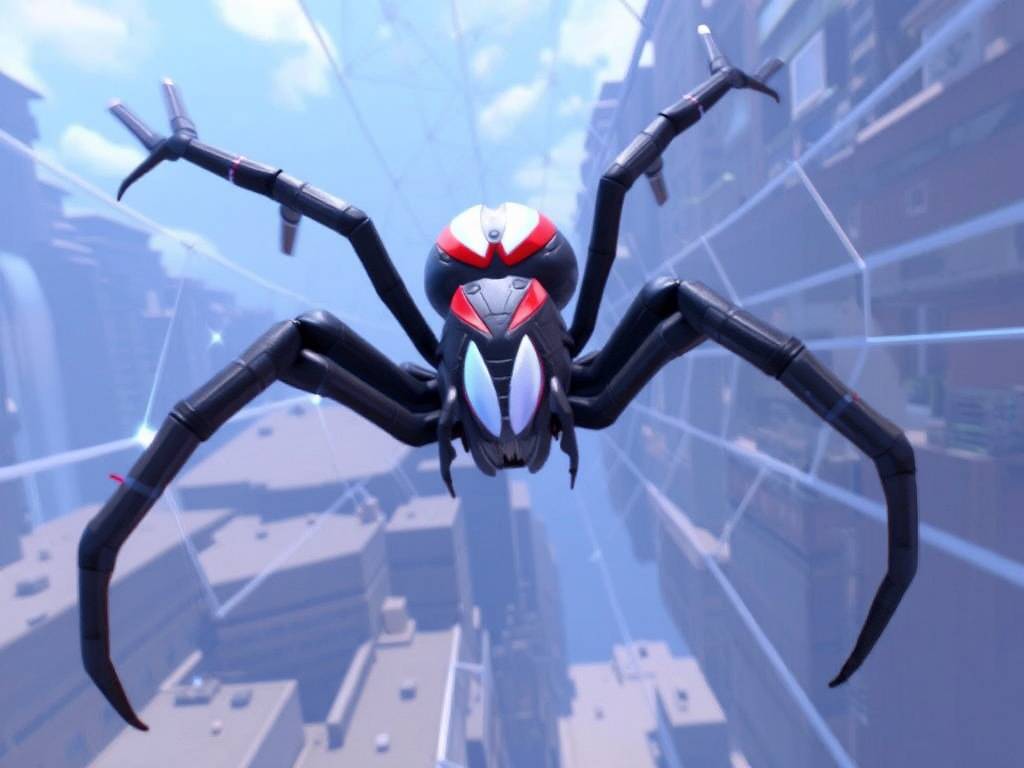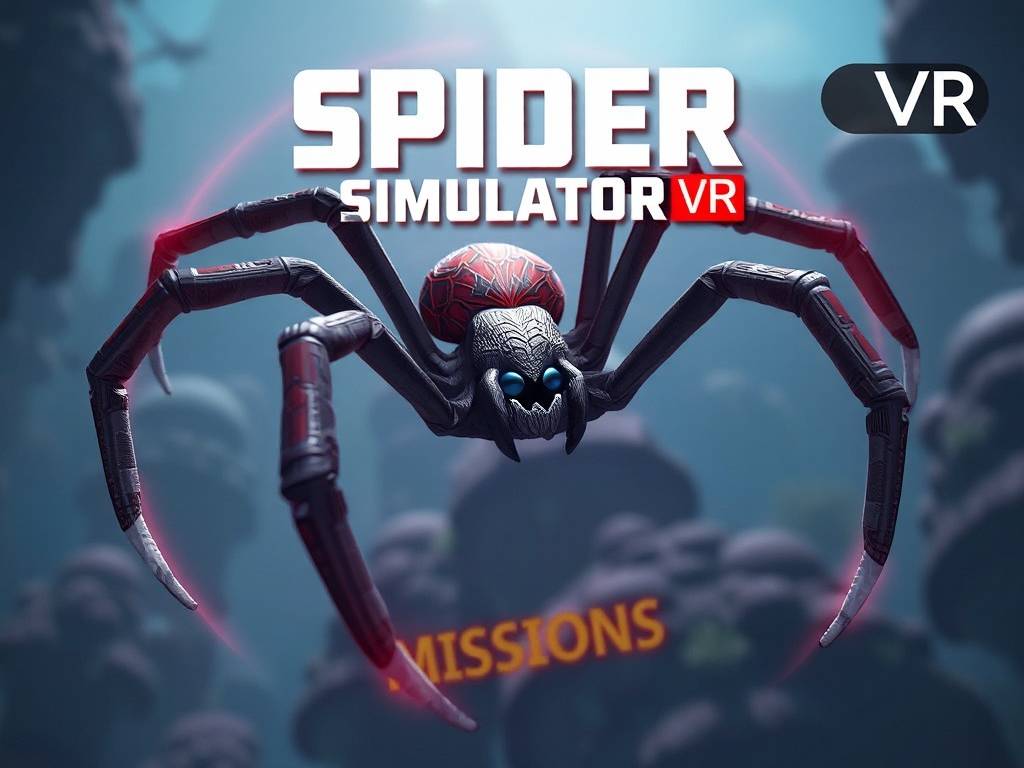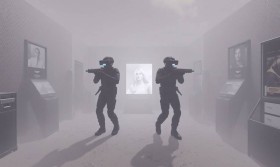Arachnid Ascension: How the 'Web Missions' Update Transforms Spider Simulator VR from Novelty to Masterpiece
When Spider Simulator VR first scuttled onto the scene, it was celebrated for its unique premise. The visceral thrill of scaling skyscrapers, the delicate art of web-swinging, and the primal satisfaction of trapping flies in a silken prison offered a novel, if somewhat simplistic, power fantasy. It was a brilliant tech demo of what it feels like to be a spider. But a lingering question remained: after the initial wonder faded, what was there to do? The recent "Web Missions" update doesn't just answer that question; it fundamentally re-engineers the entire experience, elevating it from a captivating novelty to a deep, engaging, and unforgettable simulation.
The core of this transformation lies in the introduction of a structured yet open-ended mission system, framed not as a game, but as a crucial ecological study. You are no longer just a spider in a box; you are a subject—and the primary data collector—in a sprawling urban and natural ecosystem. The update introduces a "Research Terminal," a sleek, holographic interface that materializes in your virtual lair, detailing a series of objectives from the enigmatic "Arachnid Observation and Analysis Network" (A.O.A.N.).

From Random Predation to Purposeful Hunts
Previously, hunting was a matter of opportunity. A fly buzzed by, and you pounced. The "Web Missions" update layers this basic instinct with profound purpose and strategic depth. Missions are categorized, each demanding a different set of skills and a shift in your arachnid mindset.
-
The Pest Control Specialist: These missions task you with culling specific insect populations that have grown unbalanced. You might be tasked with neutralizing a swarm of disease-carrying mosquitoes in a city park or thinning out a particularly aggressive colony of wasps that have built a nest under a bridge. This isn't random killing; it's targeted ecosystem management. It forces you to learn the behavioral patterns of your prey. Mosquitoes are attracted to stagnant water and warm bodies, leading you to set intricate webs around rain-filled barrels. Wasps are faster, more aggressive, and require stronger, stickier silk, turning each encounter into a tense, high-stakes duel.
-
The Architect and Engineer: This category is where the update truly showcases the brilliance of its physics-based web-building. Here, your goal is not to hunt, but to construct. Missions might require you to "Build a Web with a Minimum Surface Area of 2 Square Meters" or "Create a Suspension Bridge Between Two Specific Lamp Posts to Facilitate A.O.A.N. Scouting." These objectives transform web-spinning from an instinctual act into a deliberate engineering challenge. You find yourself planning anchor points, calculating tensile strength, and designing geometric patterns that can withstand the weight of larger prey or the elements. The satisfaction of completing a complex, multi-tiered web that perfectly meets the mission parameters is immense, tapping into a creative and analytical part of your brain you never expected to use in a spider simulator.
-
The Survivalist and Scavenger: Not all missions involve direct confrontation. Survival missions might challenge you to "Store 10 Units of Food Before the Simulated Rainstorm Arrives," introducing a time-pressure element and the need for efficient food preservation. Scavenger hunts send you into uncharted, often perilous territories—like a cluttered, human garage fraught with deadly insecticides or a basement where predatory centipedes roam—to retrieve specific "Specimen Samples." These missions emphasize exploration, risk assessment, and stealth, proving that sometimes the most dangerous thing a spider can do is not fight, but simply navigate.
A Living, Reactive World
The "Web Missions" update doesn't just give you a checklist; it makes the world feel alive and reactive to your actions. Completing a pest control mission in one area might see the population of a different, competing insect species rise, creating a new, emergent mission later. The time-of-day and dynamic weather system, now integrated with mission parameters, adds another layer of strategy. Hunting nocturnal moths requires a completely different approach than hunting diurnal bees. A mission to repair your web after a "simulated high-wind event" feels less like a chore and more like a desperate struggle for survival against the indifferent forces of nature.
Furthermore, the update introduces a subtle but impactful progression system. Successfully completing missions rewards you with "Evolutionary Data Points," which can be spent on biological upgrades. This allows you to specialize your spider. Will you invest in "Enhanced Venom Potency" to take down larger prey more efficiently? Or perhaps "Reinforced Silk Glands" to build webs faster and stronger? Maybe "Crypsis Adaptations" to become nearly invisible to your prey? This RPG-like element gives players a tangible sense of growth and allows for different playstyles to emerge.
The Psychological Impact: From Power to Purpose
The most significant achievement of the "Web Missions" update is the psychological shift it creates in the player. The initial power fantasy of being an apex invertebrate predator is still there, but it's now tempered with a sense of duty, intelligence, and place within a larger system. You start to think like a spider would if it possessed human-level reasoning. You plan, you adapt, you specialize, and you survive not just for the sake of it, but for the purpose of a greater understanding.

The thrill is no longer just in the pounce, but in the successful execution of a well-laid plan. The awe comes not just from the height of a skyscraper, but from looking back at a complex, glistening web structure you built to a specification and knowing it is both a work of art and a functional tool.
In conclusion, the "Web Missions" update for Spider Simulator VR is a masterclass in game design. It takes a solid, visceral foundation and builds upon it a rich, complex, and deeply engaging metagame. It replaces randomness with purpose, instinct with strategy, and novelty with lasting depth. It is no longer just a simulator; it is an arachnid epic, a story of survival, engineering, and ecological mastery that you write, one silken thread at a time.
Tags: #SpiderSimulatorVR #WebMissionsUpdate #VRGaming #GameDesign #SimulationGames #IndieGameDev #VirtualReality #EcosystemSimulation #ArachnidGame #PhysicsBasedGameplay


















